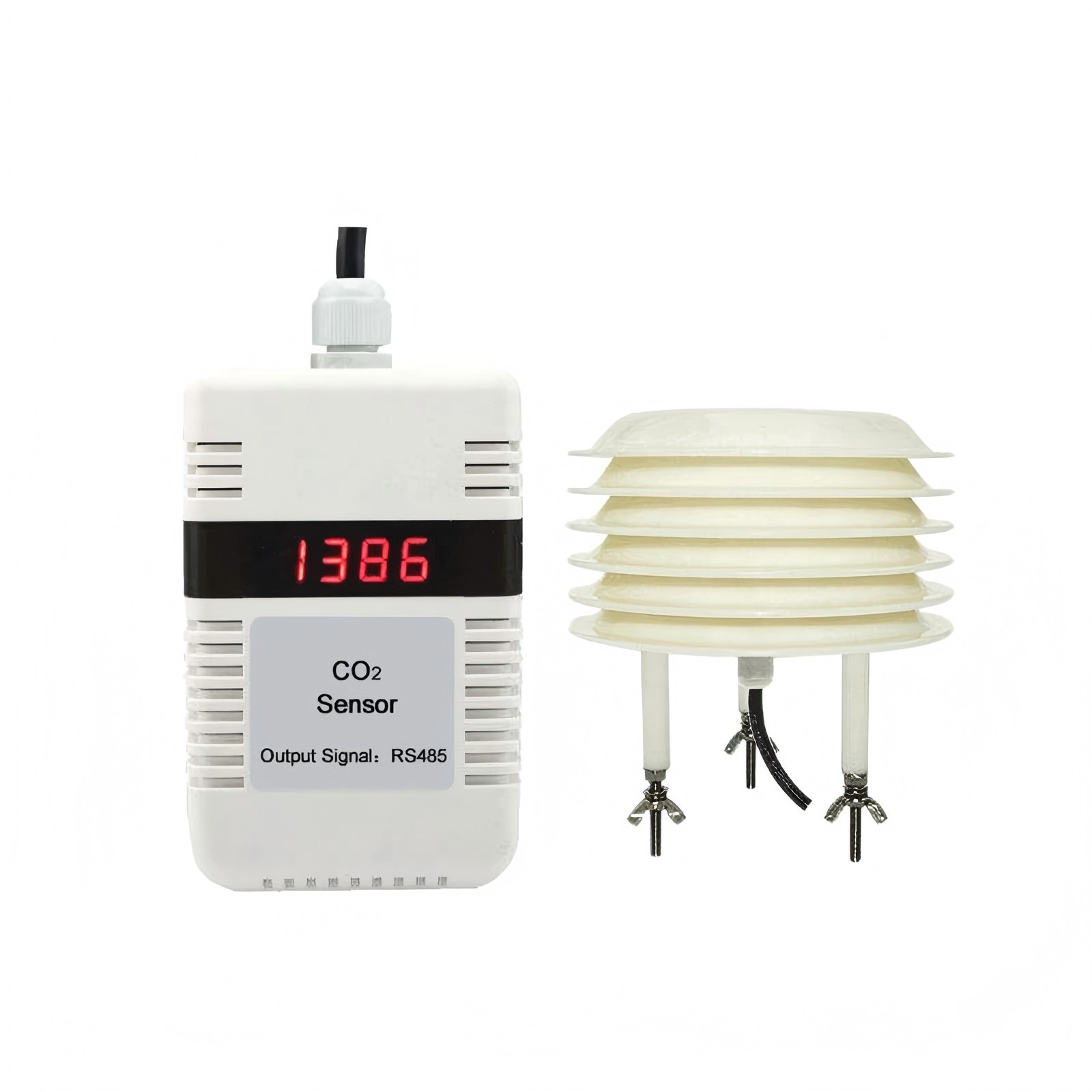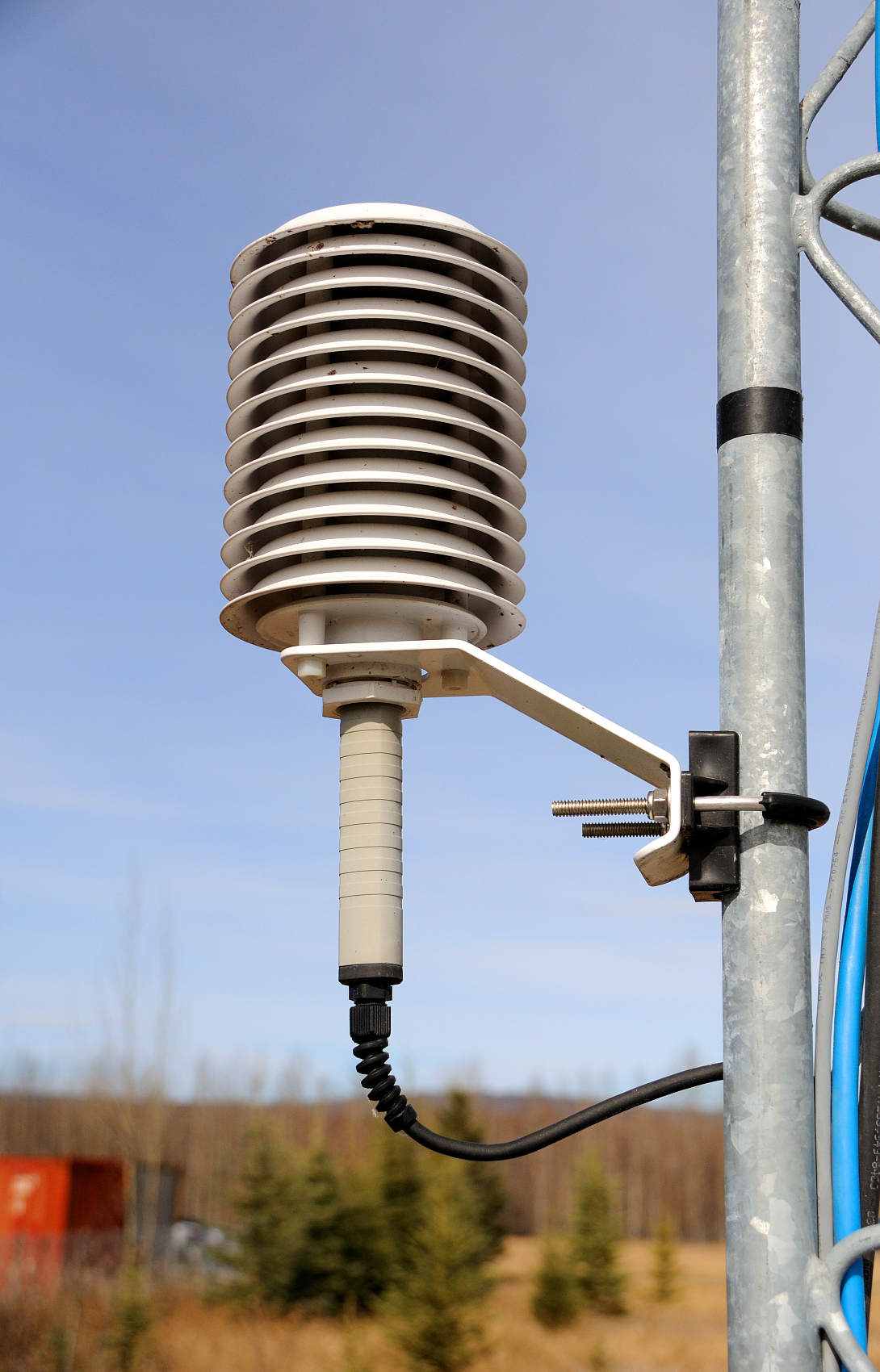In today’s rapidly evolving technological landscape, carbon dioxide (CO₂) sensors are becoming essential tools for various industries. These sensors measure the amount of carbon dioxide in the air.
This is important for both environmental and agricultural monitoring. Their applications are wide-ranging, helping to improve air quality management, enhance agricultural productivity, and monitor climate change. In this article, we will explore the functionality of CO₂ sensors and their significance in agriculture and environmental monitoring.
A carbon dioxide sensor is an electronic device that measures the level of CO₂ in the air. The sensor works using methods like infrared absorption, chemical reactions, or electrochemical techniques. These sensors detect carbon dioxide levels. They provide real-time data that helps us understand air quality and improve industrial processes.

Several types of CO₂ sensors are available on the market, including:
Non-Dispersive Infrared (NDIR) Sensors:
The most common and reliable type of CO₂ sensor is the NDIR sensor. It measures how CO₂ molecules absorb infrared light.
Chemical Sensors: These sensors rely on chemical reactions between CO₂ and a specific chemical compound to detect CO₂ levels.
Capacitive Sensors: This type of sensor uses changes in capacitance to measure CO₂ concentration.
Electrochemical Sensors:
Electrochemical sensors create a current when CO₂ reacts with an electrolyte solution. This current helps calculate the CO₂ concentration.
Agriculture is highly sensitive to environmental conditions, including CO₂ levels in the atmosphere. Carbon dioxide is a vital component of photosynthesis, the process by which plants convert sunlight into energy. Proper monitoring of CO₂ concentrations can have a profound impact on agricultural productivity. Here’s how:
Greenhouse Optimization: In greenhouse farming, CO₂ sensors help regulate the concentration of carbon dioxide to optimize plant growth. By maintaining ideal CO₂ levels, farmers can enhance photosynthesis, resulting in healthier crops and higher yields.
Precision Agriculture: CO₂ sensors, when integrated into precision agriculture systems, help monitor environmental conditions in real-time. This data helps farmers make smart choices about watering, fertilizing, and pest control. This improves crop health and cuts waste.
Climate-Controlled Environments:
In controlled agricultural settings such as vertical farms and indoor plant growth chambers, CO₂ sensors enable precise environmental management. Keeping the right CO₂ levels helps plants grow well. This is especially important when there is no natural sunlight or good outdoor conditions.

In addition to agriculture, CO₂ sensors play a crucial role in environmental monitoring. The increased concentration of carbon dioxide in the atmosphere is one of the primary contributors to climate change.
Monitoring CO₂ levels is important for managing air quality. It helps us study how human activities affect the environment. It also helps reduce the effects of global warming.
Air Quality Management: CO₂ sensors help monitor the air quality in urban and industrial areas. High CO₂ levels can indicate poor air quality, leading to respiratory issues and health concerns. By tracking CO₂ emissions, cities can implement policies to improve air quality and protect public health.
Climate Change Research:
CO₂ sensors are important for climate studies. They measure CO₂ levels in the atmosphere. These levels are directly linked to global warming.
Data from these sensors over time provides important information. It shows how greenhouse gases impact the Earth's climate.
Energy Efficiency:
These sensors track CO₂ emissions in factories. They help find places to cut energy use. This leads to benefits for the environment and saves money.
Monitoring Ecosystem Health: Forests, oceans, and other ecosystems act as carbon sinks, absorbing significant amounts of CO₂. CO₂ sensors can measure how much carbon dioxide is absorbed and released by natural environments. This helps conservation efforts and gives important data to environmental agencies.
As the need for sustainable farming and protecting the environment grows, CO₂ sensors will play a bigger role. Advancements in sensor technology are likely to lead to more accurate, cost-effective, and efficient devices.
In farming, CO₂ sensors will be added to smart systems. They will help farmers use resources better and grow more crops. In environmental monitoring, CO₂ sensors are important for tracking emissions. They help assess how well climate change strategies are working.
In summary, carbon dioxide sensors are invaluable tools for both agriculture and environmental monitoring. These sensors give real-time data on CO₂ levels.
This helps improve farming, increase crop yields, and cut waste. In environmental monitoring, they help track air quality and climate change. This supports efforts to reduce the effects of global warming.
As technology keeps improving, CO₂ sensors will become more important. They will help create a more sustainable future for agriculture and the planet.
By understanding how CO₂ sensors work, industries can make better decisions. This leads to a more efficient and sustainable world.
Discover how real-time weather station data impr
Discover how Automatic Weather Stations (AWS) ar
Discover how CODA gas sensors are the invisible
Contact: Molly
Phone: +86-17775769236
Tel: 86-0731-85117089
Email: molly@codasensor.com
Add: Building S5, Aux Square, Yuelu District, Changsha City, Hunan Province, China
We chat